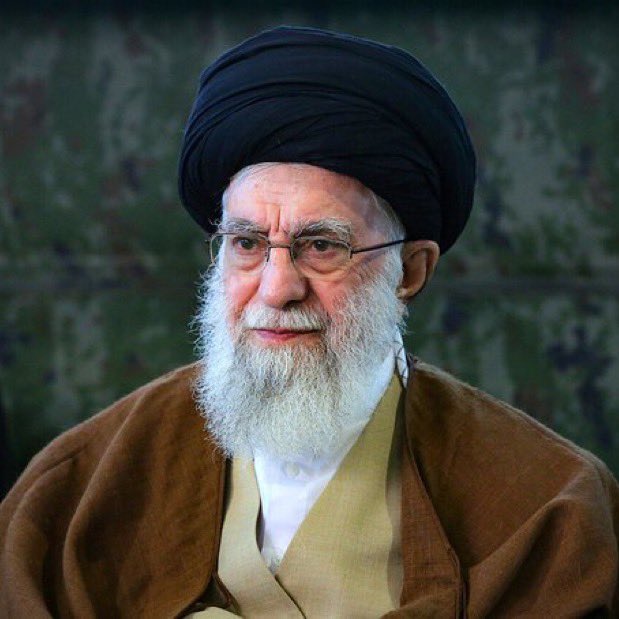Israel-Iran Conflict: A Deepening Crisis in the Middle East (June 21, 2025)

A Week of Escalation
As of June 21, 2025, the Israel-Iran conflict has entered its ninth day, marked by relentless airstrikes, missile exchanges, and a mounting humanitarian toll. The conflict erupted on June 13 when Israel launched a sweeping military operation, codenamed “Rising Lion,” targeting over 100 Iranian sites, including nuclear facilities like Natanz, Fordow, and Arak, as well as missile production centers and military bases. The Israeli Defense Forces (IDF) claim these strikes have set Iran’s nuclear program back by “at least two or three years,” killing key figures like Taher Pour, commander of the IRGC’s UAV headquarters, and several nuclear scientists. Iran, in response, has fired hundreds of missiles and drones at Israeli cities, including Tel Aviv, Haifa, and Beersheba, with a direct hit on a hospital in Beersheba causing significant casualties.
Human and Economic Toll
The human cost is staggering. Iran’s Health Ministry reports 430 civilian deaths and over 3,500 injuries since the conflict began, while Israel’s Magen David Adom confirms 24 civilian deaths and 685 injuries, many from the Beersheba hospital strike. Both sides have seen civilian infrastructure, including hospitals and media outlets, hit, raising concerns about violations of international law. Iran’s state broadcaster urged citizens to delete WhatsApp, alleging it aids Israeli intelligence, while Israel’s railway services in Beersheba were disrupted. Economically, the conflict threatens regional stability, with Afghanistan facing food supply shortages due to disrupted trade with Iran.
Diplomatic Deadlock
Diplomatic efforts to halt the violence have faltered. A planned U.S.-Iran meeting on June 15 in Oman, aimed at resolving tensions over Iran’s nuclear program, was canceled after Israel’s strikes. European talks in Geneva on June 20 yielded no progress, with Iranian Foreign Minister Abbas Araghchi calling Israel’s actions a “war crime” and rejecting further nuclear negotiations unless attacks cease. The U.S., under President Donald Trump, is considering military involvement, with B-2 stealth bombers moved to Guam as a show of force. Trump’s National Security Council is set to meet to discuss potential strikes on Iran’s Fordow facility, a move Iran warns could spark a “very dangerous” regional war. Russia, an Iranian ally, has condemned Israel and disputes claims of Iran’s nuclear weapon ambitions.
Regional and Global Implications
The conflict risks spilling over. Israel’s Defense Minister Israel Katz has warned Hezbollah against joining, while Iran’s Supreme Leader Ayatollah Khamenei has threatened “severe punishment” if the U.S. intervenes. The U.N. and UNHCR report early signs of a refugee crisis, with thousands fleeing Iran and parts of Israel. Social media posts on X reflect polarized sentiments, with some claiming Israel’s air superiority and others warning of Iran’s potential for devastating retaliation. The conflict’s escalation, coupled with a 5.1-magnitude earthquake in northern Iran, underscores the region’s fragility.
Looking Ahead
As both nations continue their tit-for-tat strikes, the prospect of a broader war looms. Israel’s claim of degrading 30–50% of Iran’s missile stockpile suggests a tactical advantage, but Iran’s resilience and regional alliances keep the outcome uncertain. The international community, including the Arab League and Organization of Islamic Cooperation, is pressing for a ceasefire, but mutual distrust and U.S. indecision complicate efforts. Without a diplomatic breakthrough, the Middle East faces a prolonged and destabilizing conflict.






